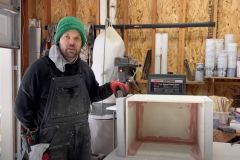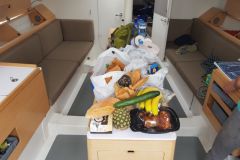Few ready-made solutions to preserve meat
Even vacuum-packed meat does not last forever in the refrigerator. If you want to take some with you on your boat trips, you can opt for ready-made preserves. However, the choice is slim. You will find pâtés, rillettes and confits, if you are not too careful with your cholesterol. There is also corned beef and canned ham, but you can do better than that. You can take charcuterie with you, but it doesn't keep well in humid and poorly ventilated environments.
So how do you cook a good pot au feu when you are far from everything? The easiest way is to prepare jars of meat.
The jar, friend of the carnivorous sailor
When properly prepared, the advantage of jars is a long shelf life. However, they are heavy and need to be carefully stored to avoid shocks with the movements of the boat. The container will have the advantage of being reusable. Their preparation also requires energy, gas or electricity, for cooking. Therefore, it is best to prepare them in the port or in the kitchen at home.
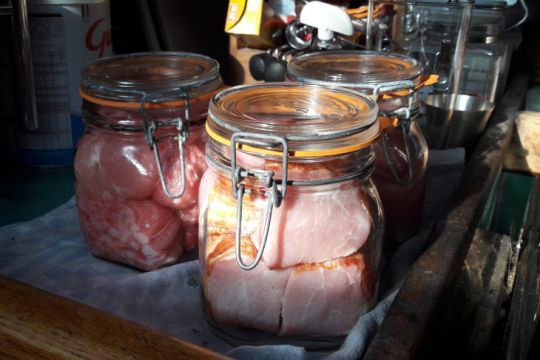
Once made, you won't regret it the day you open them!
The easiest and quickest way is to prepare jars of plain, uncooked meat, which you can arrange to your liking on the day. Almost all meats are suitable: roast pork, filet mignon, paupiettes, chicken breast, beef, etc...
Cooked meat lends itself to all kinds of fantasies: a piece of roast pork shredded with a fork will garnish a sandwich, a cut-up chicken breast will liven up a mixed salad, paupiettes reheated with a pan of carrots and onions or rice will delight the crew, and a beef stir-fry with vegetables will make a delicious pot au feu.
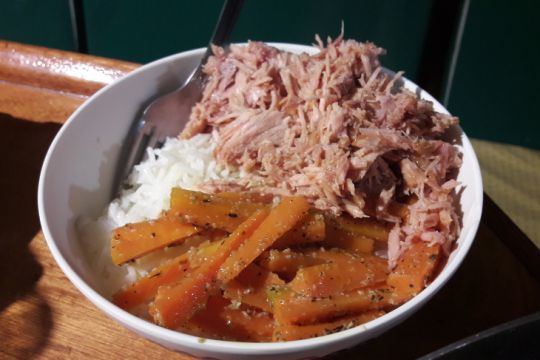
Prepare the jars
The procedure is as follows: you must first clean your jars carefully, sterilize the rubber seals in boiling water and let everything dry in the open air on a clean cloth.
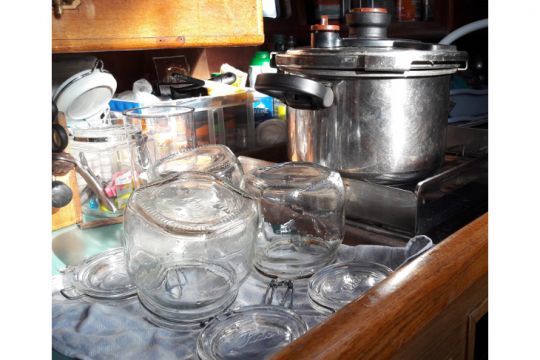
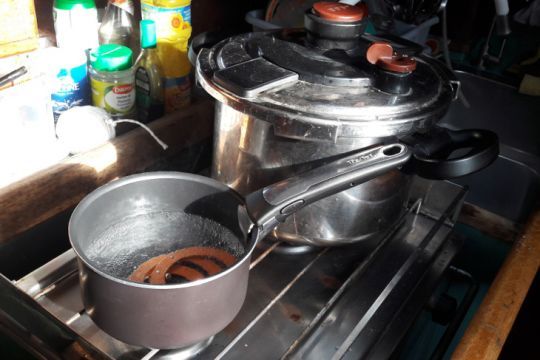
Then, with well-washed hands, you pack the meat into the jars, leaving as little air as possible except for two centimeters at the neck of the jar. You can cut the meat to pack it more easily. It is better to avoid pieces with bones. For paupiettes, it is better to remove the fat that will disintegrate during cooking. If there is really air left in the jar, you can fill it with boiling water up to two centimeters from the neck.
After having put the rubber seal and closed the jars, you put them in a pressure cooker, wedged with a clean cloth. Add water to the top of the jars and close the pot. The cooking time should be 1.5 hours from the time the jars start to hiss. Do not let the steam escape at the end of the cooking time, but wait for the pressure to drop naturally before opening the pot.
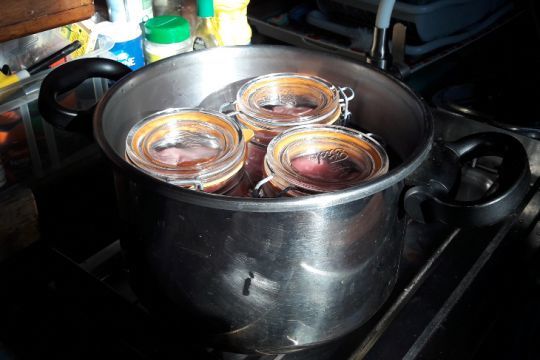
When the jars are cold, you can test them. To do this, try to open the jar without pulling on the rubber seal. If the lid resists and remains well stuck, it means that the sterilization was successful, otherwise, it's a failure! In this case, you can either start again on a new cooking, or taste your jar right away.
Last advice, remember to label your jars with the content and the date of sterilization and carefully place them in the bottom of the boat for example. They are resistant to humidity.
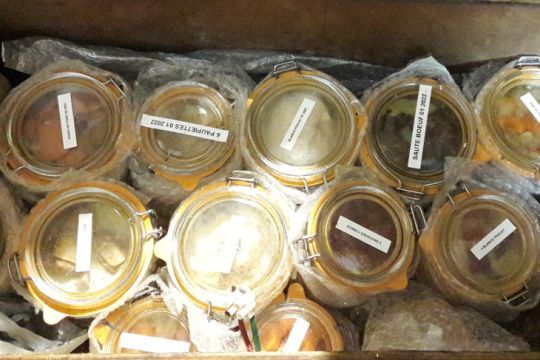
Enjoy your meal!




